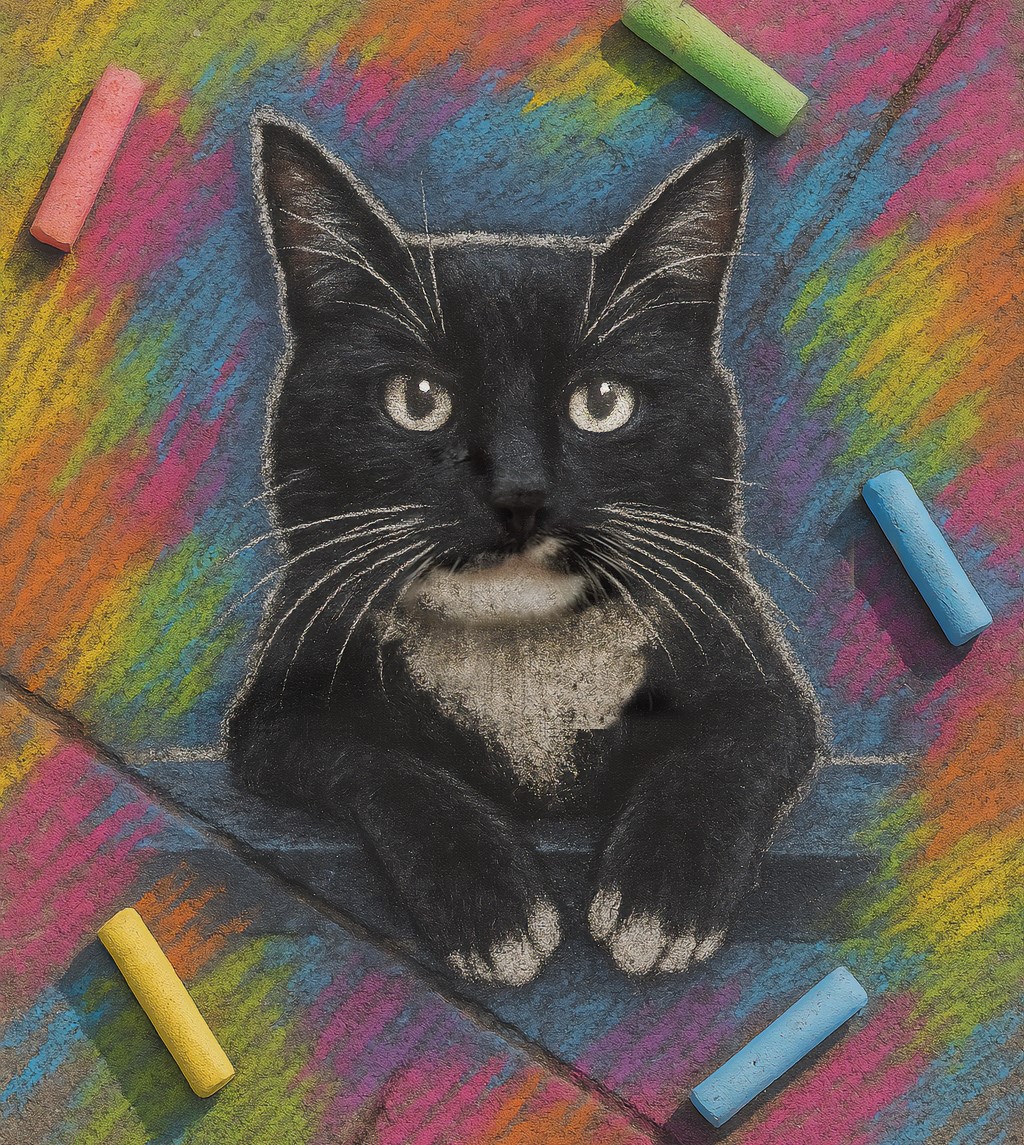Some information may be outdated.
Moab was an extremely isolated settlement prior to the completion of the railroad through Grand County in 1883, with large outposts located several days of hard travel away. Settlers were largely self-reliant. Women, though confined by the gender roles of the time, played many essential roles in sustaining the community, including raising food, providing healthcare and educational services, and making a wide array of necessary household goods.
Typically, each household had a cow that provided milk and butter and each yard had a kitchen garden that not only provided fresh seasonal vegetables but also material for dried and canned produce throughout the year. Women were typically in charge of these efforts, providing crucial food staples for families.
Until the first doctor arrived in 1896, local women also led the way in providing healthcare. Sarah Jane Stewart assisted with the first birth in Moab: a baby girl named Almira Wilson. Stewart, Mary Day and Hannah Somerville became well-known midwives who assisted with the births of hundreds of babies. Gillie Ann Brack, known as Grandma Brack, devoted herself to caring for the sick well into her 80s. Home remedies were often the only medicines available and claimed to cure everything from chapped lips to diarrhea. Caretakers used sage and goldenseal to treat cankers, a poultice of peach leaves was said to draw out infection, and peppermint, catnip and hoarhound could make cough syrup.
Educating young people was also often the responsibility of women. Classes were held in various households until the first school was built in 1883. The first teacher, J. Alma Holdaway, earned $30 a month and boarded with local families. By 1890, with over 80 school-aged children in the valley, two schools had been built to accommodate the growing community.
In more than 100 years, gender roles have changed as Moab as grown. While day-to-day life has changed significantly, the skillsets of Moabites have shifted too. While churning butter is no longer a commonly held skill, the legacy of the self-reliant and close-knit community that was here remains today.
The Moab Museum is dedicated to sharing stories of the natural and human history of the Moab area. To explore more of Moab’s stories and artifacts, find out about upcoming programs, and become a Member, visit www.moabmuseum.org.
Appreciate the coverage? Help keep local news alive.
Chip in to support the Moab Sun News.





